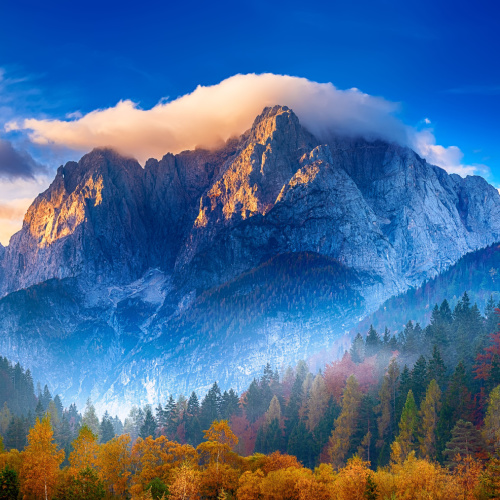Slovenian summers are warm and generally sunny, with average temperatures ranging from 20°C to 25°C (68°F to 77°F). This season is ideal for outdoor activities such as hiking in the Alps, exploring the country’s picturesque lakes and rivers, and enjoying its rich cultural festivals. While summers are predominantly sunny, they can also be interspersed with occasional thunderstorms, particularly in the mountainous regions.
- All
- Albania
- Amsterdam
- Austria
- Belarus
- Belgium
- Bosnia
- Croatia
- Cyprus
- Denmark
- England
- Finland
- France
- Germany
- Greece
- Greenland
- Hungary
- Iceland
- Ireland
- Israel
- Italy
- Kosovo
- Luxembourg
- Malta
- Monaco
- Norway
- Poland
- Portugal
- Prague
- Romania
- Scandinavia
- Scotland
- Slovenia
- Spain
- Sweden
- Switzerland
- The Netherlands
- Ukraine
- More

Why Visit Slovenia?
Slovenia, a picturesque Central European nation, is celebrated for its diverse landscapes, rich history, and cultural charm. The capital city, Ljubljana, is a delightful blend of Baroque and Art Nouveau architecture, with a lively atmosphere along the banks of the Ljubljanica River.
Slovenia’s natural beauty is exemplified by the majestic Julian Alps, pristine lakes like Lake Bled, and lush forests that cover more than half of the country’s terrain. The nation’s history is marked by influences from the Roman Empire, the Habsburg Monarchy, and the unique fusion of Slavic, Germanic, and Mediterranean cultures.





